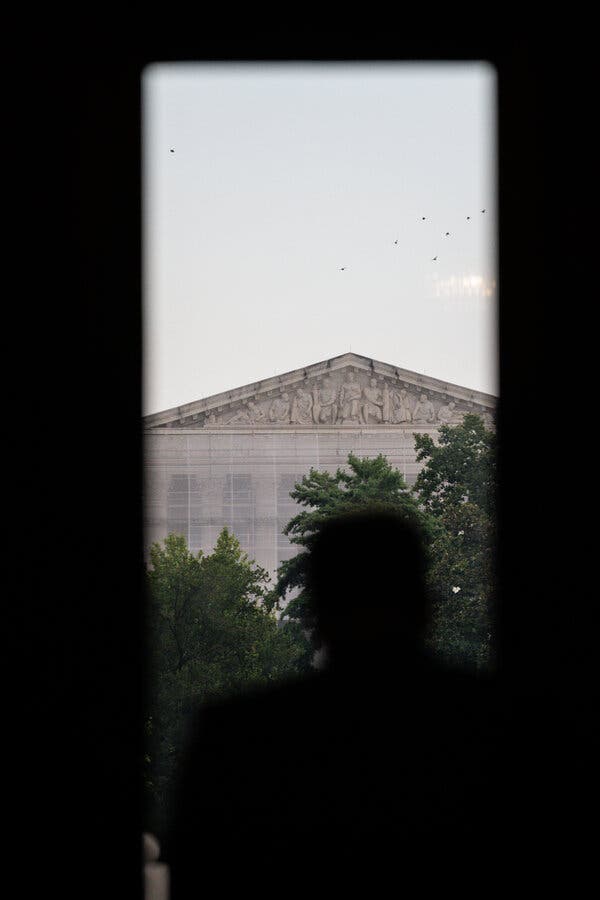The Supreme Court has issued a ruling that supports President Donald Trump‘s initiatives to reshape the U.S. government, but notably, the decision lacks an accompanying explanation. On October 23, 2023, the court released an unsigned order that consisted of just four sentences, focused solely on the procedural aspects of pausing a lower court’s ruling without clarifying the rationale behind this significant decision.
The absence of detailed reasoning has raised concerns about the court’s transparency. Justice Sonia Sotomayor, joined by Justices Elena Kagan and Ketanji Brown Jackson, expressed serious reservations in a dissenting opinion. “The majority is either willfully blind to the implications of its ruling or naïve,” Justice Sotomayor stated. “But either way, the threat to our Constitution’s separation of powers is grave.” Such comments highlight the growing unease over the court’s approach to ruling on contentious issues.
Concerns Over Judicial Transparency
The question of whether the Supreme Court has an obligation to provide explanations for its rulings has gained traction, particularly with the increasing use of the “emergency docket.” This mechanism allows the court to deliver expedited decisions on urgent matters, often resulting in brief orders that do not fully address the complexities of the cases at hand. Critics argue that this method can effectively resolve cases while leaving the public in the dark regarding the legal reasoning behind such critical decisions.
The implications of the Supreme Court’s order are profound, as it may set a precedent for how similar cases are handled in the future. The call for greater transparency is echoed by legal scholars and advocates who believe that public confidence in the judiciary hinges on understanding the logic behind its rulings. The lack of clarity in recent orders could undermine the perceived integrity of the judicial system, raising questions about accountability.
As the court navigates its role in a politically charged environment, the need for clear communication becomes increasingly vital. Observers are watching closely to see how the Supreme Court balances its authority with the expectations of transparency and reasoned judgment, particularly in light of the ongoing debates regarding the separation of powers within the U.S. government.





































































